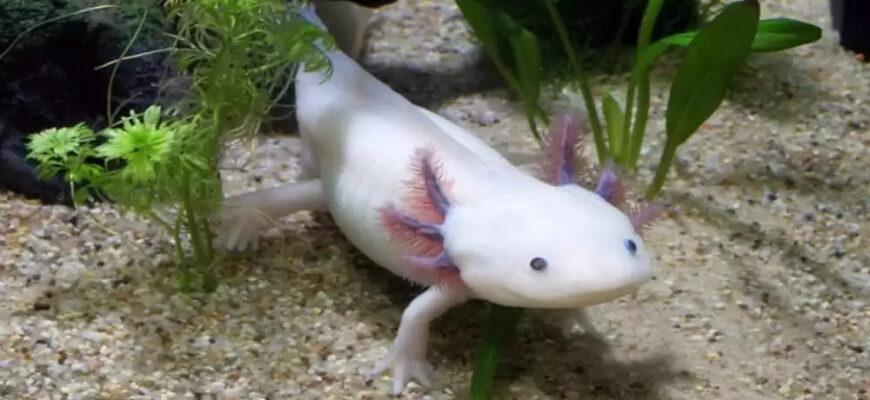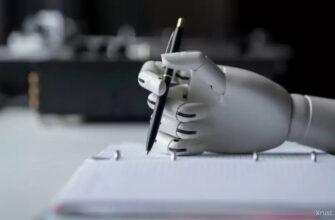The secret of regenerating lost limbs is held by glowing axolotls
The secret of limb regeneration is held by charming salamanders. They may help scientists explore a serious question: can the human body be made to regrow a lost arm or leg? The secret of regeneration lies in the genes of axolotls, which have goofy smiles and fluffy gills, writes https://xrust.ru/. This unusual appearance of salamanders has captured the hearts of millions. They have become popular aquarium pets and a pop culture icon in video games. But this adorable species of salamander also helps researchers uncover a serious medical mystery: can the human body be made to regrow a severed arm or leg?
Scientists are turning to the axolotl because it is an expert in regeneration. When losing a limb, an adult axolotl can regrow it fresh and new. In a study published on Tuesday, scientists used genetically modified axolotls that glow in the dark to understand the molecular basis of this remarkable ability. They are famously known for being eternally youthful by nature. Unlike other amphibians, such as frogs, axolotls never fully undergo metamorphosis, instead retaining certain juvenile characteristics into adulthood, such as external gills and webbed feet, which make them so oddly adorable to their human fans.
This species is also the king of regeneration, capable of restoring not just lost limbs but also heart, lung, and even brain tissue. One of the wonders is that for a body part to regrow, the cells responsible for this process must somehow register where they are on the body. For instance, if an amputation occurs at the upper arm, they must recreate the upper arm, then the forearm, and finally the hand. But if the lower arm is amputated, the cells must know to regrow only the lower arm and hand.
For their study, scientists used a tiny molecule called retinoic acid, which appears to be responsible for this precise choreography. A derivative of vitamin A, it is known for its regenerative properties and is related to retinol, found in skincare products. The scientists worked with axolotls genetically modified to make their tissues glow in the presence of the acid, allowing them to track it in real time.
The researchers stated that they had to anesthetize the axolotl’s limb and monitor the process. Interestingly, axolotls show no signs of pain or stress after limb amputation, as mammals might, and they fully recover within weeks. When a drug blocking the enzyme responsible for breaking down retinoic acid was administered, the axolotls regenerated their missing limbs incorrectly, regrowing an upper arm instead of a forearm. The control group of animals that did not receive the drug regenerated normally.
The study suggests that retinoic acid acts as a GPS device, helping cells determine their location: the higher the acid concentration, the closer to the body’s center. The chemical seems to activate a gene or genes within cells to regulate limb growth.
Although we are still far from regenerating human limbs, this research is a step in that direction. After all, when it comes to regenerating human limbs, it’s worth noting that each cell already contains the DNA blueprint for restoring body parts. The key is finding the gene that gives the command to “regenerate.”
https://xrust.ru/
https://xrust.ru/news/311287-sekret-regeneracii-utrachennyh-konechnostej-hranjat-svetjaschiesja-aksolotli.html
https://xrust.ru/news/311287-sekret-regeneracii-utrachennyh-konechnostej-hranjat-svetjaschiesja-aksolotli.html










